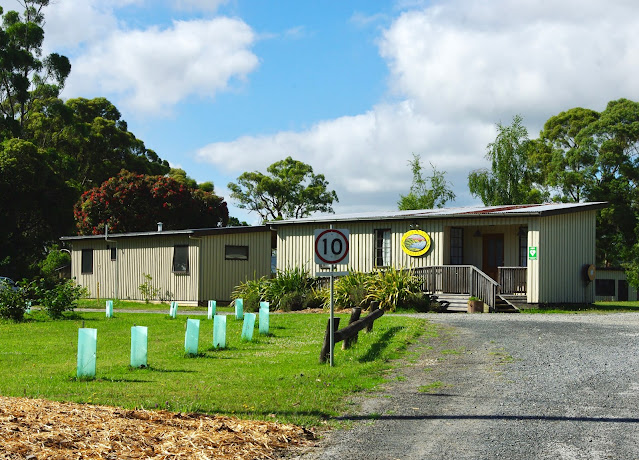No. 899 - Hobart - Argyle Street Carpenter's Shop Chapel - "The Scoffs of Man"

On 25 April 1820, the Wesleyan Missionary, Benjamin Carvosso arrived at Hobart on route to Sydney from London. Carvosso preached the first Methodist sermon in Van Dieman’s Land on 28 April 1820 from the steps of the Hobart Town Court House. Carvosso’s wife Deborah, stood alongside him and led the singing of the first Methodist hymn in the colony. After his visit, a second missionary, Ralph Mansfield, spent a fortnight in Hobart, preaching almost every day before sailing for Sydney on 8 September 1820. On 29 October 1820, a meeting to form a Methodist Society was sponsored by two laymen, Benjamin Nokes and George Waddy. The beginning of regular Methodist services is dated from this occasion. On 12 February 1821 the first meeting in the Argyle Street chapel was held. This building was a rented carpenter’s shop owned by Charles Donn. The chapel was situated on land bounded on the north-east by Argyle Street and on the south-east by the Hobart Rivulet. The site, now occupied by the A...











